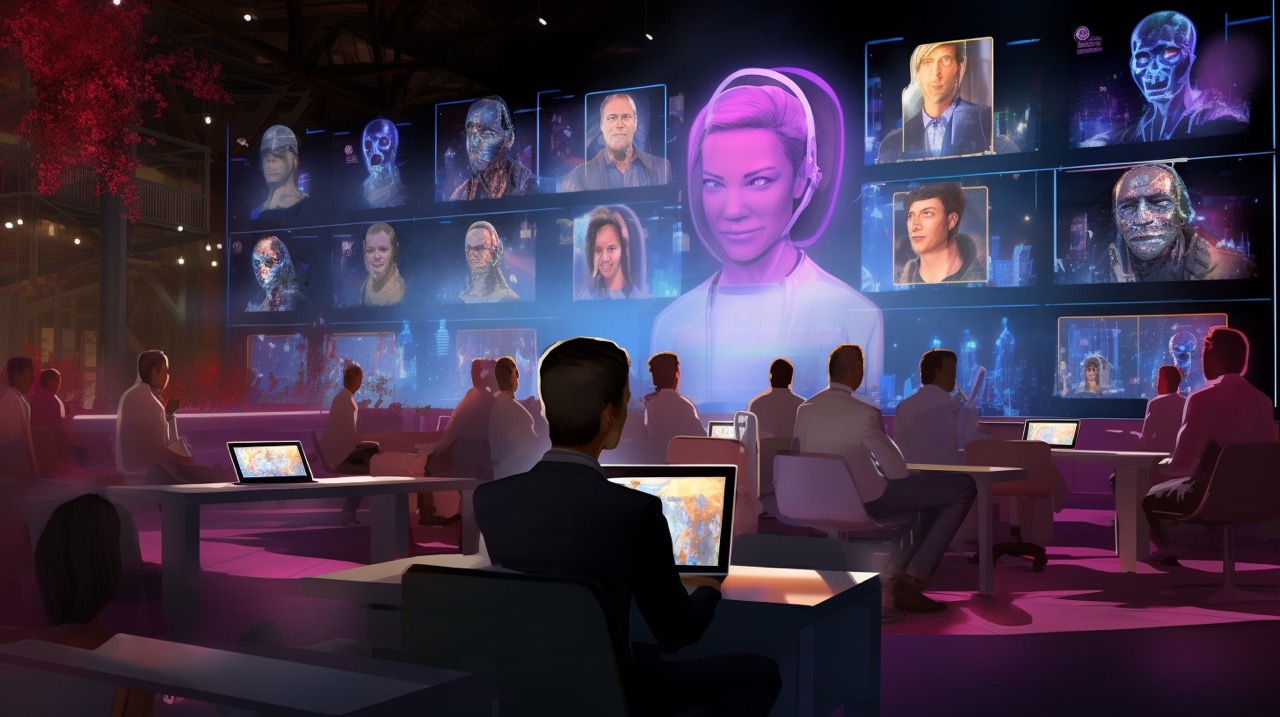
“You never really understand a person until you consider things from his point of view... Until you climb inside of his skin and walk around in it.”
⸺ Atticus Finch to Scout in Harper Lee’s To Kill a Mockingbird.
These days, there are many ways to communicate and understand another’s point of view that goes beyond verbal communication. For those of us living with a disability, with neurodiversity or simply experiencing a language barrier, technology plays an important role in communication.
To imagine and particularly empathise with the experience of another is something fundamental to our evolution as human beings and helps fuel our connection to community. The urge to communicate is hardwired into our brains and contributes to why we are such a successful species. Nurturing social interaction and maintaining important relationships in our lives makes us happy and fulfilled. We have evolved to connect and neuroscience and technology is finding new ways for us to do so, even when verbal or physical communication isn’t possible.
In an upcoming winter salon event hosted by TEDxMelbourne on 27 July, participants will explore the theme ‘brains and bots’ and what it means when technology blends with and augments our minds and bodies. This salon will encourage participants to imagine what the future of social connection and the human-technology relationship might be by discussing emerging products or research that is already linking up our neurological systems with the digital world. In his 2022 TED talk, Tom Oxley introduces us to the Stentrode, an implant in the brain that interfaces with a computer and allows communications to occur from the mind. Human trials of the Stentrode are currently underway and early findings are positive. The Stentrode may be the start of a new phase of communication completely facilitated by technology that allows people with disability to share thoughts and ideas with the wider world. Could breakthroughs like the Stentrode empower a new kind of connection and communication?
Memory helps children to develop skills, including communication when they’re very young and conversely, social interaction may help us maintain memory when we’re older. What if technology helped us to remember better? Research has uncovered just how important memories are to our development, as memories processed during dreaming help our brains create rules about the world. Neurotechnolgoy is helping to improve memory formation for people with ADHD or depression, two diagnoses which can be associated with memory loss. This is achieved by creating or rewiring neurons. For example, a brain-computer interface called Elevvo aims to support cognitive enhancement and improve memory, processing speed and attention through a wearable headset.
We know memory formation and emotion is closely linked to our sense of smell and technology is helping those with olfactory issues. Not being able to smell may lead to a loss of wellbeing as smell is closely related to other senses like taste. A lack of sense of smell can also be dangerous in the case of identifying hazards in the environment like a gas leak or house fire. Scientists are in the early stages of investigating olfactory implants that stimulate the brain and restore smell. With research pointing to a strong link between fragrance and our mood, social behaviours and even brain function, this technology has the potential to contribute to greater wellbeing.
Neurotechnology breakthroughs may fundamentally shape the way we communicate, think and feel into the future. Like all things new, care should be taken to embed privacy and safety principles into the design of commercial products and there will be unintended consequences, both good and bad. However, the opportunity to better communicate, restore autonomy and build more inclusive and adaptive societies is immense.
How we navigate this space ethically, efficiently and successfully is still to be determined.
Writing and reading enthusiast based in Melbourne. Interested in globalisation, especially of culture and food.
Writing and reading enthusiast based in Melbourne. Interested in globalisation, especially of culture and food.
.png)
Biological ageing is the process by which our bodies accumulate molecular and cellular damage over time, gradually impacting our physical and mental capacities.

Discover how TEDxMelbourne experimented with AI avatars as keynote speakers in their latest event. Learn the challenges and insights from this unique, AI-driven experience.
.jpg)
Diversity should be more than a buzzword. According to Dr. Catherine Ball, we have to put the human at the centre of innovation and technology.